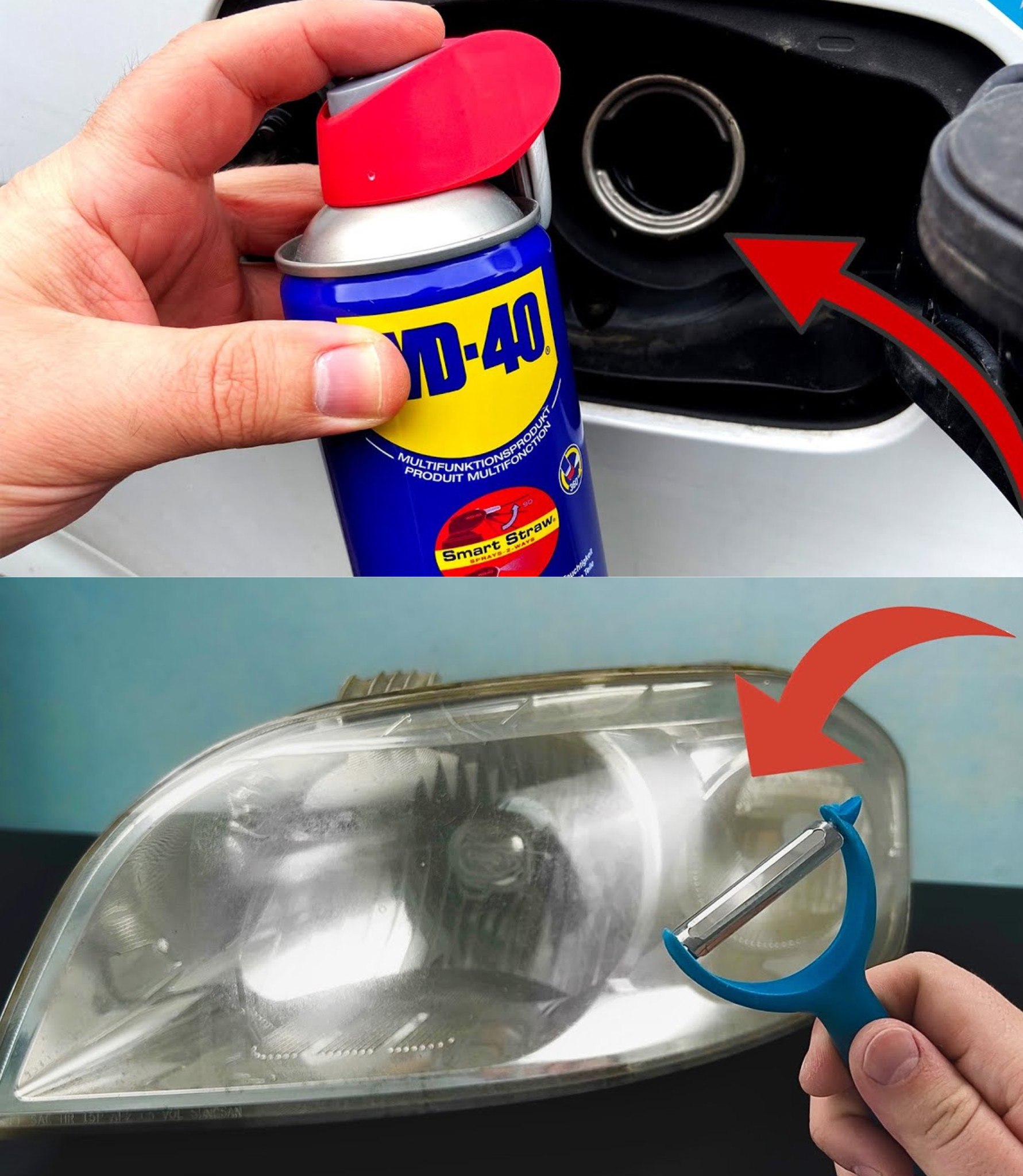ADVERTISEMENT
less finish.
For Complete Cooking STEPS Please Head On Over To Next Page Or Open button (>) and don’t forget to SHARE with your Facebook friends
Solution: Always wash your car in the shade or during cooler hours of the day, like early morning or late afternoon. If you must wash in direct sunlight, make sure the car’s surface is cool to the touch.
3. Using Dirty or Abrasive Towels and Sponges
Mistake: Reusing dirty towels, sponges, or wash mitts without cleaning them first is a common mistake that can lead to scratches and swirl marks on your car’s paint.
Why It’s a Problem: Dirt, grit, and debris can get trapped in your cleaning materials, which then rub against the paint, causing surface scratches. Even the softest towels can damage the paint if they’re not properly cleaned.
Solution: Always use a microfiber wash mitt or soft, clean towels designed for car washing. Microfiber is gentle on paint and helps lift dirt away without causing damage. Additionally, make sure to clean your washing materials regularly to avoid transferring contaminants back onto your car’s surface.
4. Washing from Top to Bottom (Without a Proper Rinse First)
Mistake: Some people start washing their car by applying soap directly to the entire surface, beginning from the top and working their way down.
Why It’s a Problem: While it’s important to wash from top to bottom, skipping the rinse step can cause dirt and debris to scratch the car’s paint. If you don’t rinse off loose dirt first, you risk grinding it into the paint as you scrub.
Solution: Always rinse your car thoroughly with water before applying soap. This removes any loose dirt, dust, and debris, making the washing process safer for the paint. After rinsing, start washing from the top and work your way down, as the dirtiest areas are usually on the bottom of the car.
5. Using the Same Water for the Entire Car
Mistake: Using the same bucket of soapy water throughout the entire car wash is another common mistake.
Why It’s a Problem: As you wash your car, dirt and contaminants collect in the water. Using this dirty water for the rest of the car can reintroduce grit back onto the surface, leading to scratching and swirl marks.
Solution: Use a two-bucket method when washing your car—one bucket for the soapy water and one bucket for rinsing your wash mitt or sponge. This ensures that you’re always working with clean water, minimizing the risk of scratching the paint.
6. Not Drying Your Car Properly
Mistake: After washing your car, many people simply let it air dry or use a regular towel to dry it off.
Why It’s a Problem: Air drying your car can leave water spots and streaks on the surface, especially if you live in an area with hard water. Regular towels can also scratch the paint if they’re not soft enough or if they trap dirt.
Solution: Use a microfiber drying towel or a car drying chamois to dry your car after washing. Microfiber towels are highly absorbent and gentle on the paint, helping you achieve a spot-free finish without causing damage. Pat the surface dry, rather than rubbing, to avoid introducing scratches.
For Complete Cooking STEPS Please Head On Over To Next Page Or Open button (>) and don’t forget to SHARE with your Facebook friends
7. Skipping the Waxing Step
Mistake: After washing and drying the car, some people neglect to apply a protective wax or sealant.
Why It’s a Problem: Washing your car removes not only dirt and grime but also the protective wax or sealant that helps shield the paint from environmental contaminants like tree sap, bird droppings, and road salts. Without this protective layer, your car’s paint can fade, scratch, or degrade over time.
Solution: After washing and drying your car, always apply a coat of wax or paint sealant. This will create a protective barrier that repels water and dirt, making your car easier to clean in the future and helping to preserve its shine and color. You can opt for a traditional paste or liquid wax, or you can use a spray sealant for a quicker, easier application.
Bonus Tip: Use the Right Tools for the Job
Beyond avoiding these common mistakes, using the right tools for the job is essential for maintaining your car’s paintwork. Invest in high-quality products like microfiber towels, soft sponges, and pH-balanced car shampoos. Additionally, you can consider using a foam cannon or pressure washer to achieve a more thorough rinse without risking damage to the paint.
Conclusion
Washing your car may seem like a simple task, but when done incorrectly, it can lead to scratches, streaks, and long-term damage to your vehicle’s bodywork. By avoiding these 7 common mistakes—using harsh soaps, washing in direct sunlight, improper drying, and neglecting to wax—you can protect your car’s paint and maintain its pristine appearance for years to come. Remember, regular washing combined with the right technique and tools not only enhances your car’s look but also preserves its value. Take your time, and treat your car like the investment it is!
